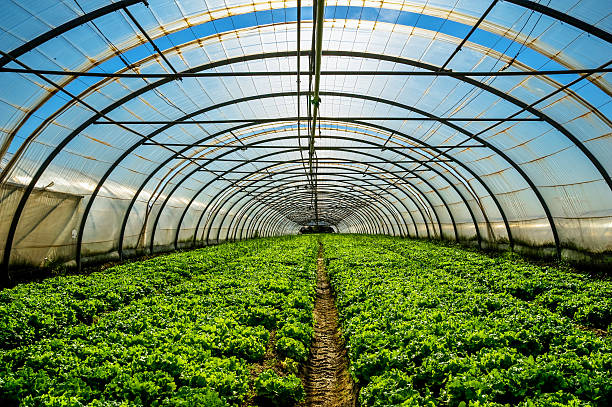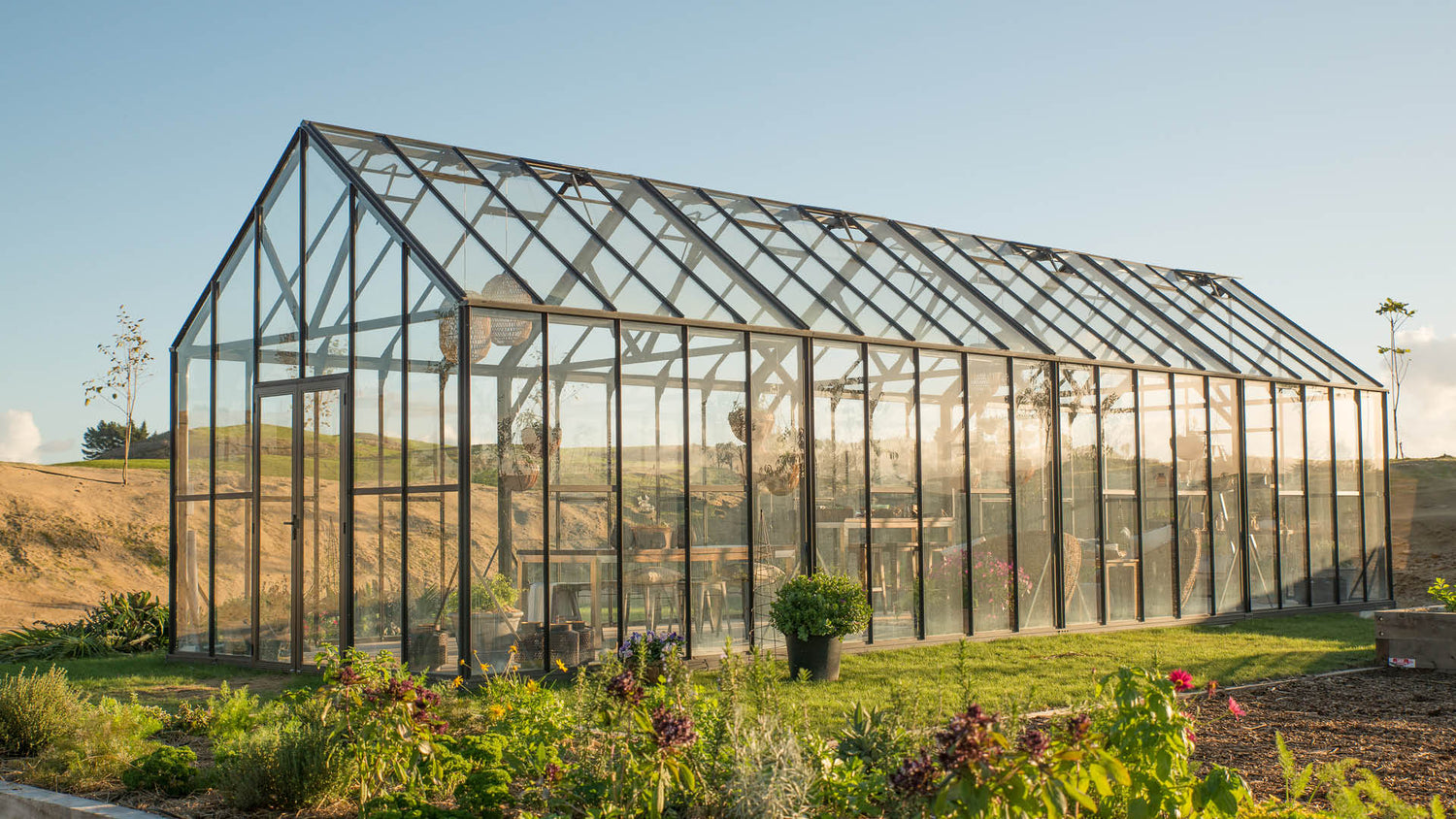The Future of Greenhouses: Advancements in Lasting Agriculture
Are you interested regarding the future of greenhouses and just how they are reinventing lasting agriculture? Look no more! In this article, we will discover the exciting advancements that are leading the way for a greener and a lot more reliable farming sector. From advanced climate control systems to upright farming strategies, water-efficient irrigation methods, renewable resource combination, and clever information analytics, these improvements are changing the way we grow our food. Prepare to discover the future of sustainable agriculture in greenhouses!
Advanced Climate Control Solution
To achieve optimal growing problems, you can depend on the improvements in greenhouses with sophisticated climate control systems. These systems have transformed the way we cultivate plants, giving a regulated setting that contributes to plant development. With these cutting-edge systems, you can currently control temperature, humidity, light degrees, and also carbon dioxide focus to create the best problems for your plants to thrive.
One of the crucial functions of these sophisticated climate control systems is their capacity to manage temperature level. By utilizing sensing units and automated controls, the greenhouse can change the temperature level based upon the specific needs of the plants. This guarantees that they are never exposed to severe heat or cool, which can be destructive to their growth.
Moisture control is one more essential facet of these systems. By preserving the perfect moisture levels, you can protect against problems such as mold and mildew, mildew, and condition from impacting your plants. These systems can also manage the amount of light that gets to the plants, ensuring that they get the optimal amount for photosynthesis.
Furthermore, advanced climate control systems can also control carbon dioxide concentrations. By boosting the degrees of CO2 in the greenhouse, you can improve plant development and productivity. This is particularly beneficial in areas with reduced all-natural CO2 levels.
Upright Farming Strategies
One vital upright farming strategy is making use of piled expanding systems. Piled expanding systems are generally made use of in city locations where area is restricted.
One prominent technique is called upright hydroponics, where plants are grown in nutrient-rich water without soil. This technique is highly efficient as it reduces water use by approximately 90% contrasted to standard farming techniques. Additionally, because the plants are grown inside, they are shielded from bugs and illness, lowering the demand for pesticides.
Another strategy is aeroponics, which includes suspending the plant origins in a haze or air environment. This method enables ideal nutrient absorption and oxygenation, resulting in faster development and greater yields. Aeroponics also uses much less water than conventional farming and can be executed in upright systems, making it a prominent choice for upright farming.
Water-efficient Irrigation Approaches
When it comes to implementing water-efficient watering methods in lasting farming,Optimizing water conservation is necessary. With global water shortage coming to be a pressing concern, it is essential to create innovative strategies that optimize water usage in greenhouse procedures.
One promising technique is drip watering, which provides water straight to the plant roots, decreasing waste and evaporation. By utilizing a network of tubes with little emitters, water front lawn is applied slowly and exactly, ensuring that plants receive the essential dampness without excess drainage.
Another effective method is making use of dirt wetness sensing units. These gadgets gauge the wetness content in the soil and give real-time data to farmers. By monitoring the dirt's dampness levels, farmers can accurately identify when and how much water to apply, stopping over-irrigation.
Additionally, the application of rainwater harvesting systems is gaining appeal in greenhouse farming. Accumulating rain from rooftops and saving it in storage tanks permits farmers to utilize this all-natural source for watering objectives, minimizing dependence on traditional water sources.
Last but not least, the adoption of automated watering systems can dramatically boost water efficiency. These systems use sensors to discover dirt moisture degrees and climate condition, readjusting watering schedules accordingly. By optimizing water usage based on real plant demands, these systems can reduce water waste and promote lasting farming methods.
Renewable Resource Combination
Now, let's delve into exactly how you can integrate eco-friendly energy into your greenhouse operations for an extra sustainable future. Renewable resource integration in greenhouses supplies several advantages, including reduced operating expenses and lowered dependence on non-renewable power resources. One method to include renewable resource is through the setup of photovoltaic panels. These panels are positioned on the roofing or surrounding locations of the greenhouse to record sunshine and transform it right into power. The produced power can then be utilized to run various operations within the greenhouse, such as lighting, ventilation, and heating systems. Additionally, excess energy can be saved in batteries for use throughout non-sunlight hours. One more method of renewable power integration is using wind generators. These generators harness wind power and transform it right into electrical power, which can be utilized to supplement the power needs of the greenhouse. Incorporating sustainable power resources not only lowers greenhouse gas discharges yet likewise promotes sustainability and strength in your farming operations. By embracing renewable resource, you can contribute to a greener future while ensuring the lasting viability of your greenhouse service.
Smart Data Analytics and Automation
To enhance the effectiveness of your greenhouse operations and optimize resource utilization, consider implementing smart information analytics and automation. see it here Smart information analytics includes gathering and examining data from various sensors and gadgets within your greenhouse. By keeping track of aspects such as temperature, moisture, light degrees, and dirt dampness, you can get beneficial insights into the health and growth of your plants. This data can aid you make educated decisions about adjusting ecological conditions, optimizing watering routines, and protecting against possible problems before they emerge.
This can consist of automating the control of illumination, air flow, irrigation systems, and nutrient shipment. By automating these processes, you can guarantee that your plants receive the best conditions and nutrients at the right time, without the requirement for constant hands-on treatment.
Furthermore, smart data analytics and automation can collaborate synergistically. The information accumulated by sensors can be made use of to notify computerized systems, permitting them to make real-time adjustments based on the current conditions. This combination of data analytics and automation can cause extra precise and efficient resource allotment, eventually leading to greater yields and much better crop high quality.
Final Thought
In verdict, the future of greenhouses in lasting farming looks appealing. With sophisticated climate control systems, vertical farming techniques, water-efficient irrigation methods, and sustainable power integration, greenhouses are coming to be much more reliable and ecologically friendly.

By optimizing water usage based on actual plant requirements, these systems visit our website can minimize water waste and advertise lasting farming techniques.
